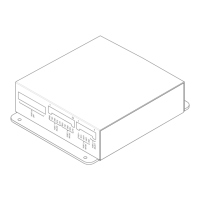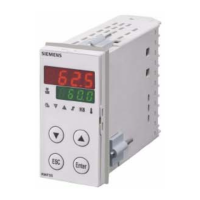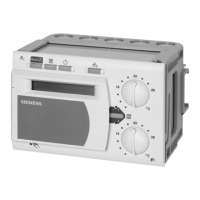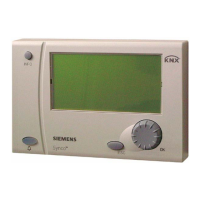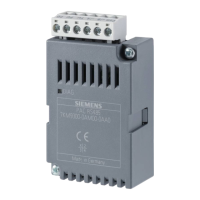Chapter 2
Using ROS
RUGGEDCOM ROS
User Guide
34 Available CLI Commands
Command Description
pinged is not on the same network as the device pinging the other device, the
default gateway must be programmed.
purgemac Purges the MAC Addrtess table.
reset Perform a hard reset of the switch.
resetport {all | ports}
Resets one or more Ethernet ports, which may be useful for forcing re-negotiation of speed
and duplex, or in situations where the link partner has latched into an inappropriate state.
Optional and/or required parameters include:
• all resets all ports
• ports is a comma separated list of port numbers (e.g. 1,3-5,7)
rmon Displays the names of all RMON alarm eligible objects.
route Displays the gateway configuration.
sfp port {base | alarms | diag |
calibr | thr | all | no parameter
specified}
Displays SFP (Small Form Factor Pluggable) device information and diagnostics. If optional
or required parameters are not used, this command displays the base and extended
information.
Optional and/or required parameters include:
• port is the port number for which the data are required
• base displays the base information
• alarms displays alarms and warning flags
• diag displays measured data
• calibr displays calibration data for external calibration
• thr displays thresholds data
• all displays all diagnostic data
sql {default | delete | help |
info | insert | save | select |
update}
Provides an SQL-like interface for manipulating all system configuration and status
parameters. All commands, clauses, table, and column names are case insensitive.
Optional and/or required parameters include:
• default sets all records in a table(s) to factory defaults
• delete allows for records to be deleted from a table
• help provides a brief description for any SQL command or clause
• info displays a variety of information about the tables in the database
• insert enables new records to be inserted into a table
• save saves the database to non-volatile memory storage
• select queries the dtabase and displays selected records
• update enable existing records in a table to be updated
For more information about the sql command, refer to Section 2.6.4, “Using SQL
Commands”.
sshkeygen size
Generates new SSH keys in ssh.keys.
Optional and/or required parameters include:
• size is the number of bits in length between 512 and 2048. The default is 1024 bits.
sslkeygen size
Generates a new SSL certificate in ssl.crt.
Optional and/or required parameters include:
• size is the number of bits in length between 512 and 2048. The default is 1024 bits.
telnet dest
Opens a telnet session. Press Ctrl-C to close the session.
Optional and/or required parameters include:
• dest is the server's IP address
tftp {dest | cmd | fsource |
fdest}
Opens a TFTP session. Press Ctrl-C to close the session.

